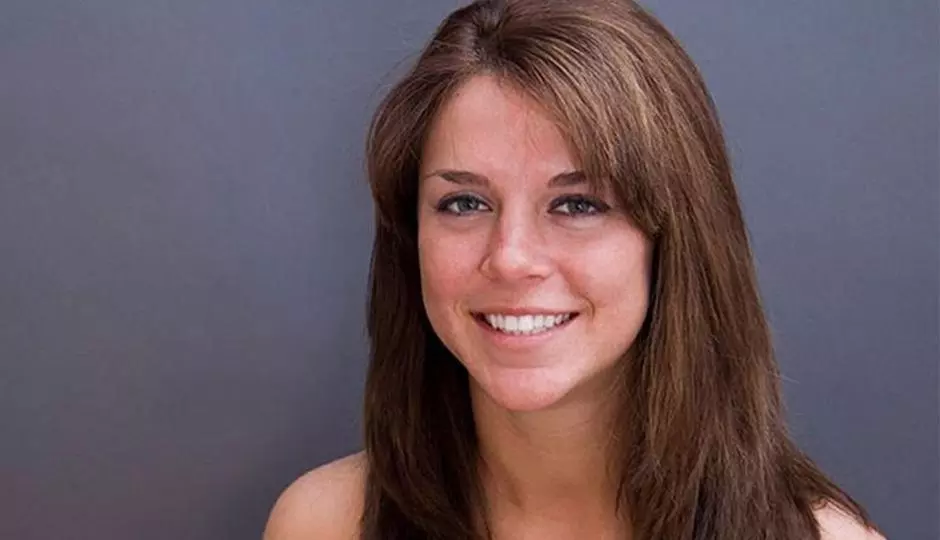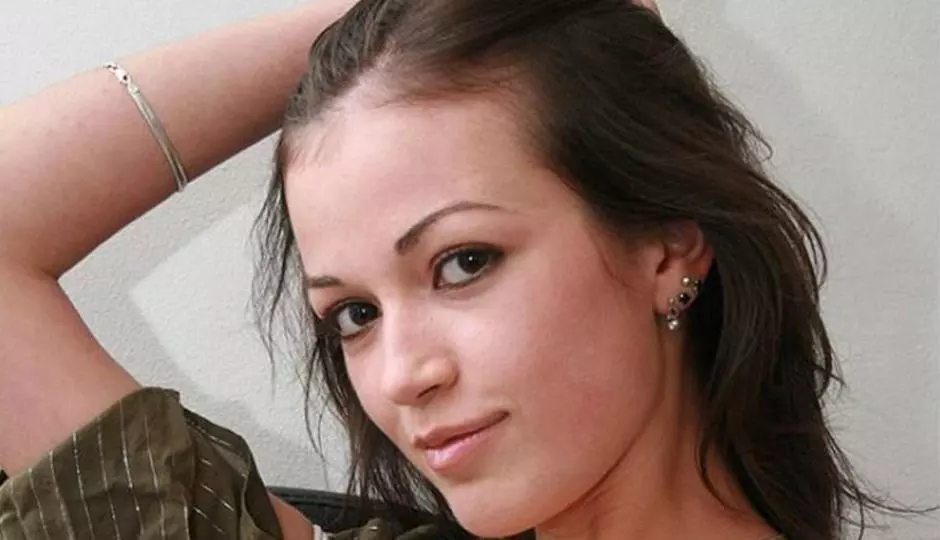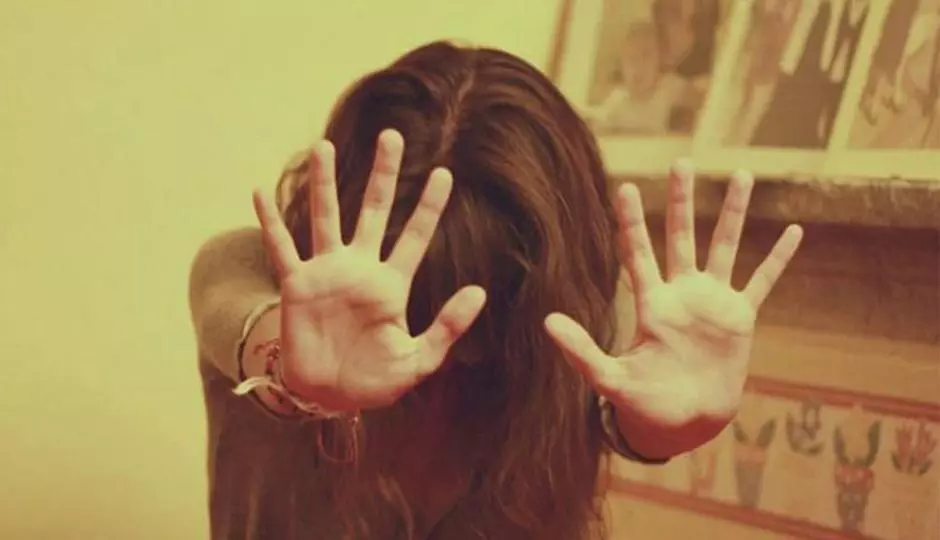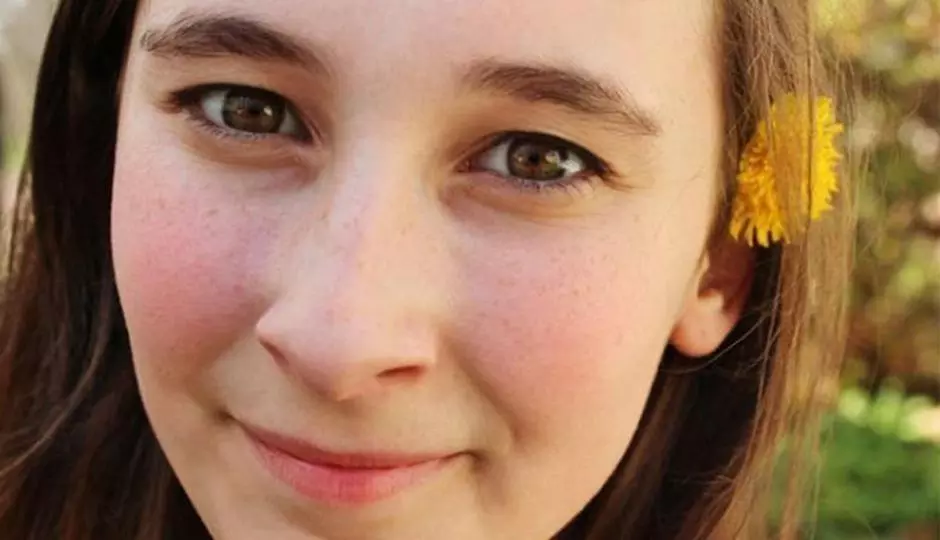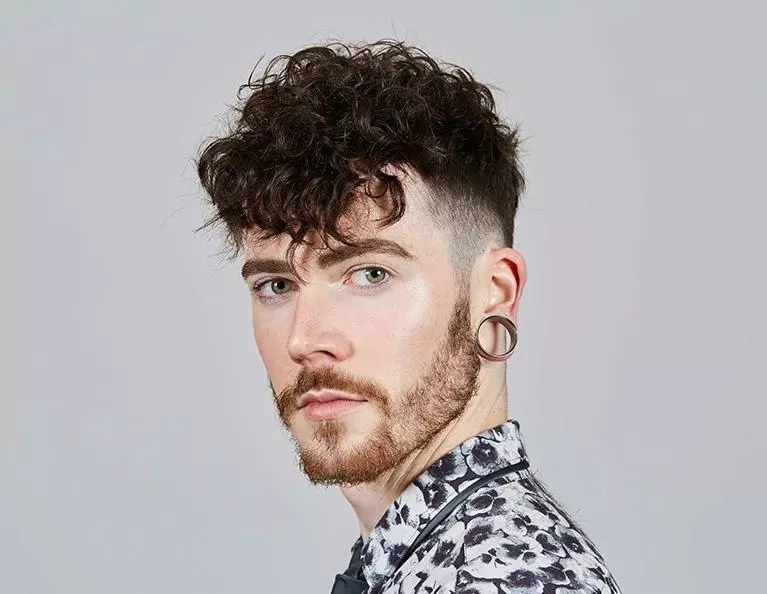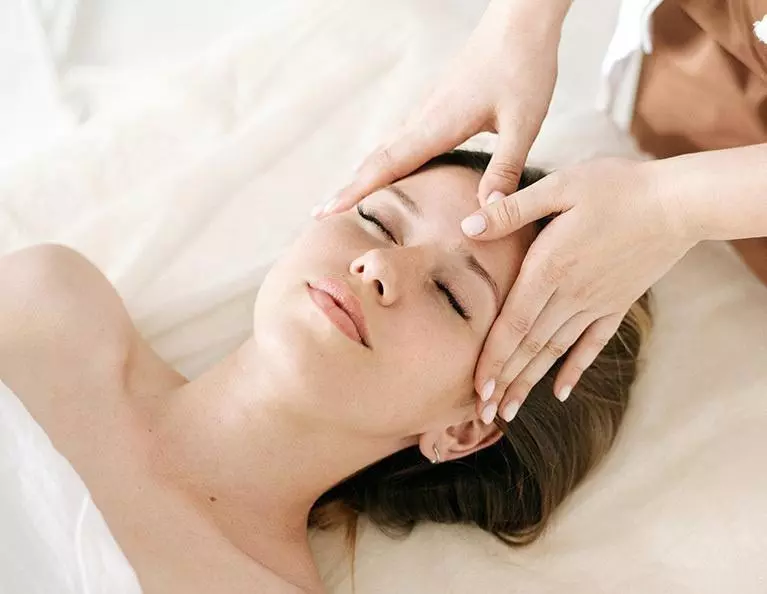This post is the second in a six-week series on Trichotillomania and Your Teen. Through education and comprehension, families can begin to address the disorder and get access to assistance and support.
Officially, the Diagnostic and Statistical Manual used by mental health professionals in the United States characterizes Trichotillomania as:
- Recurrent pulling out of one’s hair, resulting in hair loss.
- Repeated attempts to decrease or stop hair pulling.
- The hair pulling causes clinically significant distress or impairment in social, occupational, or other areas of functioning.
- The hair pulling or hair loss is not attributable to another medical condition (e.g., a dermatological condition).
- The hair pulling is not better explained by the symptoms of another mental disorder (e.g., attempts to improve a perceived defect or flaw in appearance in body dysmorphic disorder).
This framework, while useful in a clinical environment, doesn’t necessarily provide the day-to-day applicable details that coincide with the broader definition though. There are certain cues that individuals can look for in themselves when trying to better understand their behavior and other signs that a concerned parent can watch for if they suspect that their teen may be dealing with Trichotillomania. In seeking to understand the signs and symptoms of Trich, it is also important to be aware that the onset of the condition can present itself at different times and in different manners. The average onset is 11 years old, but it is not uncommon to see the behaviors develop in very early childhood or later into adulthood as well. Trichotillomania can present itself as focused hair pulling, in which hair is pulled intentionally to relieve tension (the overwhelming urge) and sometimes ritualistically, or automatic hair pulling, in which the individual pulls without even realizing that they are doing it. Additionally, hair pulling can happen in public or in shared spaces at home, but most often occurs in private as a secret, shame-inducing behavior. These variations can, in turn, look different from the outside, and simply understanding that Trich can manifest itself in contrasting manners makes reviewing a list of symptoms more clear. Some of the symptoms parents whose teens are dealing with Trichotillomania often notice are:
- Bald or patchy spots on their child’s head or body
- Sparse or missing eyebrows or eyelashes
- Pulling without noticing while reading or watching TV
- Excessive fidgeting with his or her hair
- Playing with pulled out hair, including biting, chewing, or rubbing on the face
- Wearing hats, scarves, or wigs or going to great lengths to cover certain areas with a hair style
- Anxiety, depression, academic decline, or sudden changes in social behavior
- The child describes a sense of tension before pulling or when they try to stop
- The child describes sense of relief of tension after hair is pulled
- Pulling hair or fibers from pets, dolls, or blankets
- Avoidance of wet or windy situations
Over the first two weeks we have sought to understand the condition, and in the coming four weeks we will cover the first steps of addressing Trich, treatments and solutions for the disorder, hearing from others, and an in depth look at the TLC (the Trichotillomania Learning Center). Please join us as we explore some important facets of this challenging disorder, and if you or your teen are struggling with Trichotillomania, do not hesitate to contact one of our specialists to begin your journey towards assistance and support today.
Photo credit: Emiliano Horcada via Flickr Creative Commons
